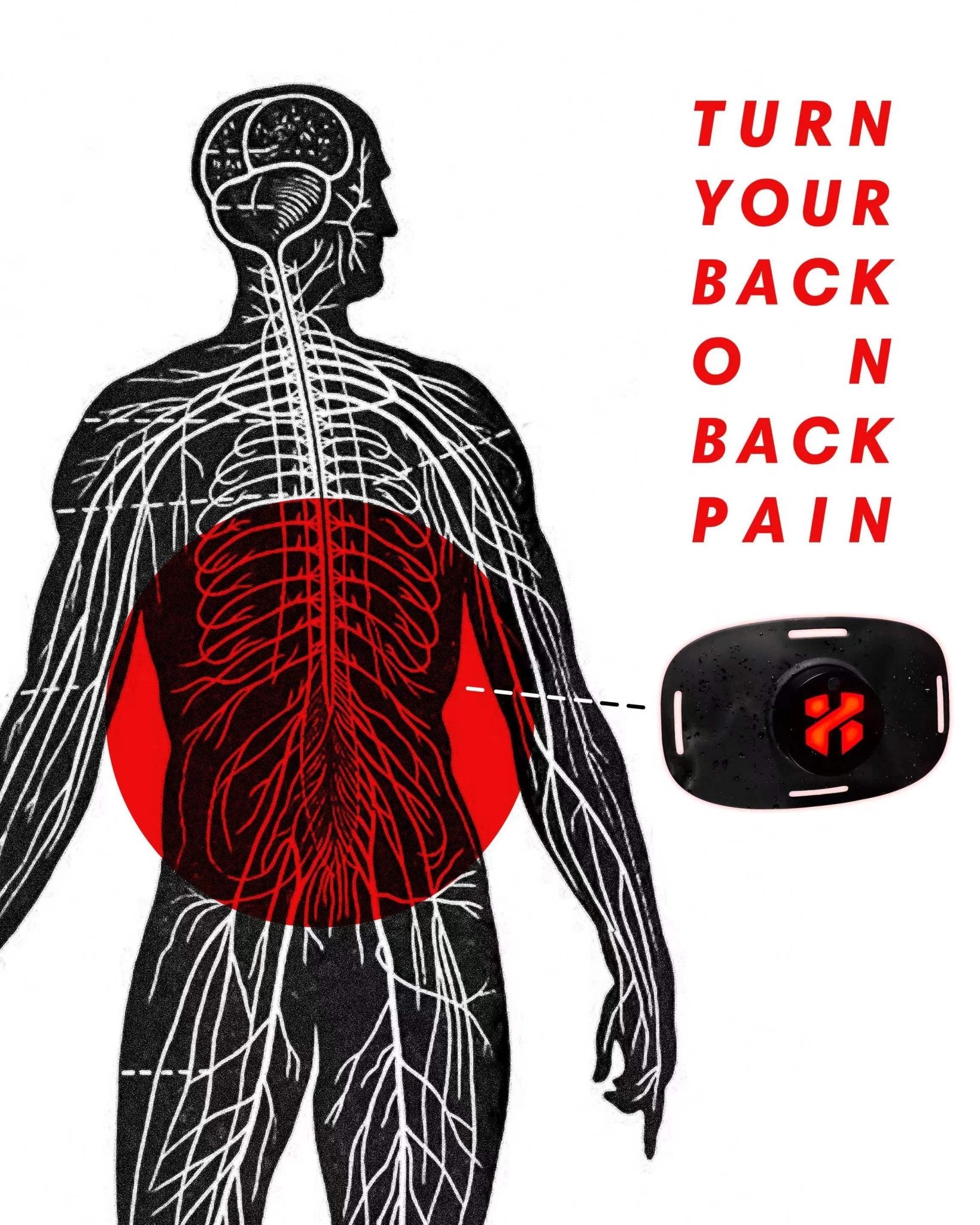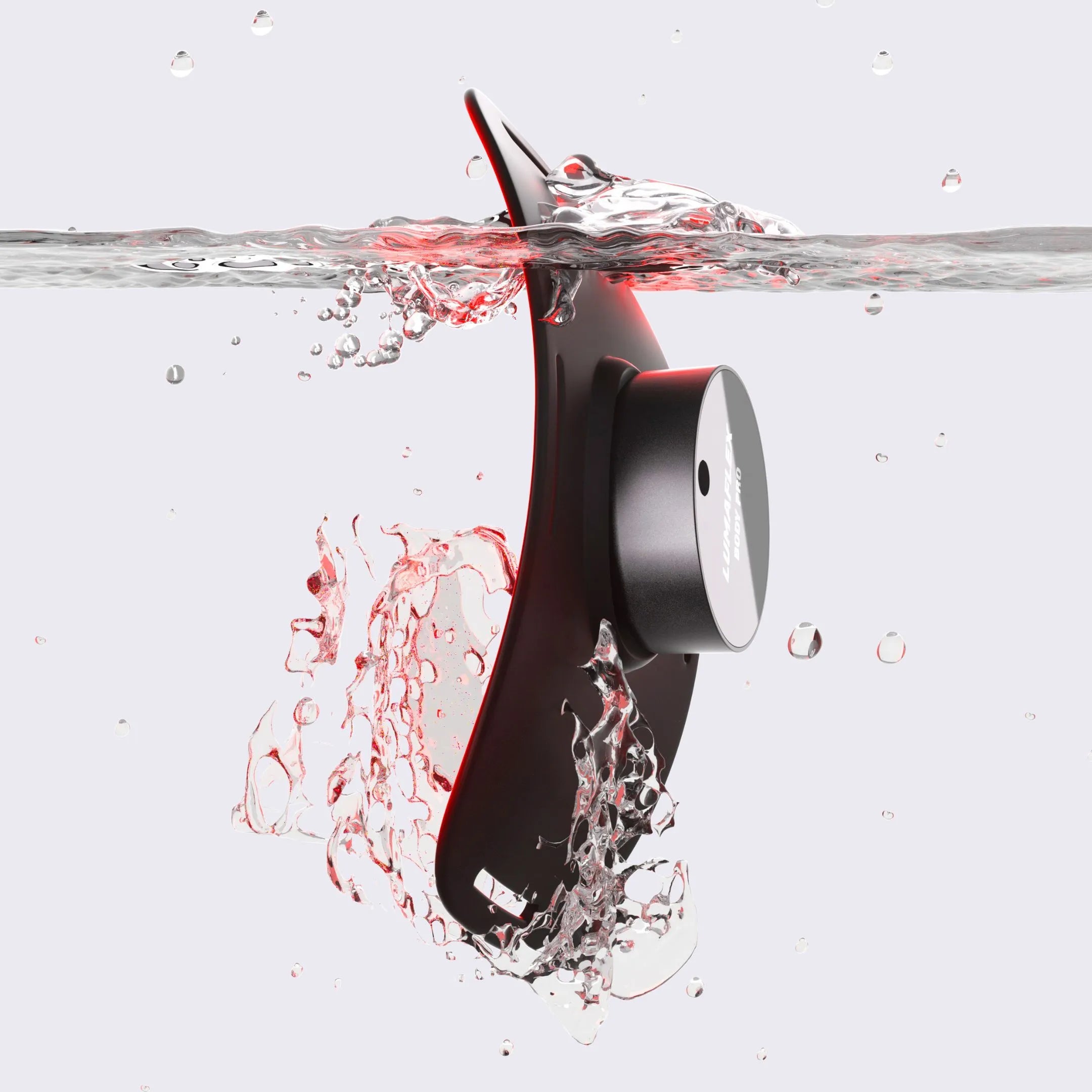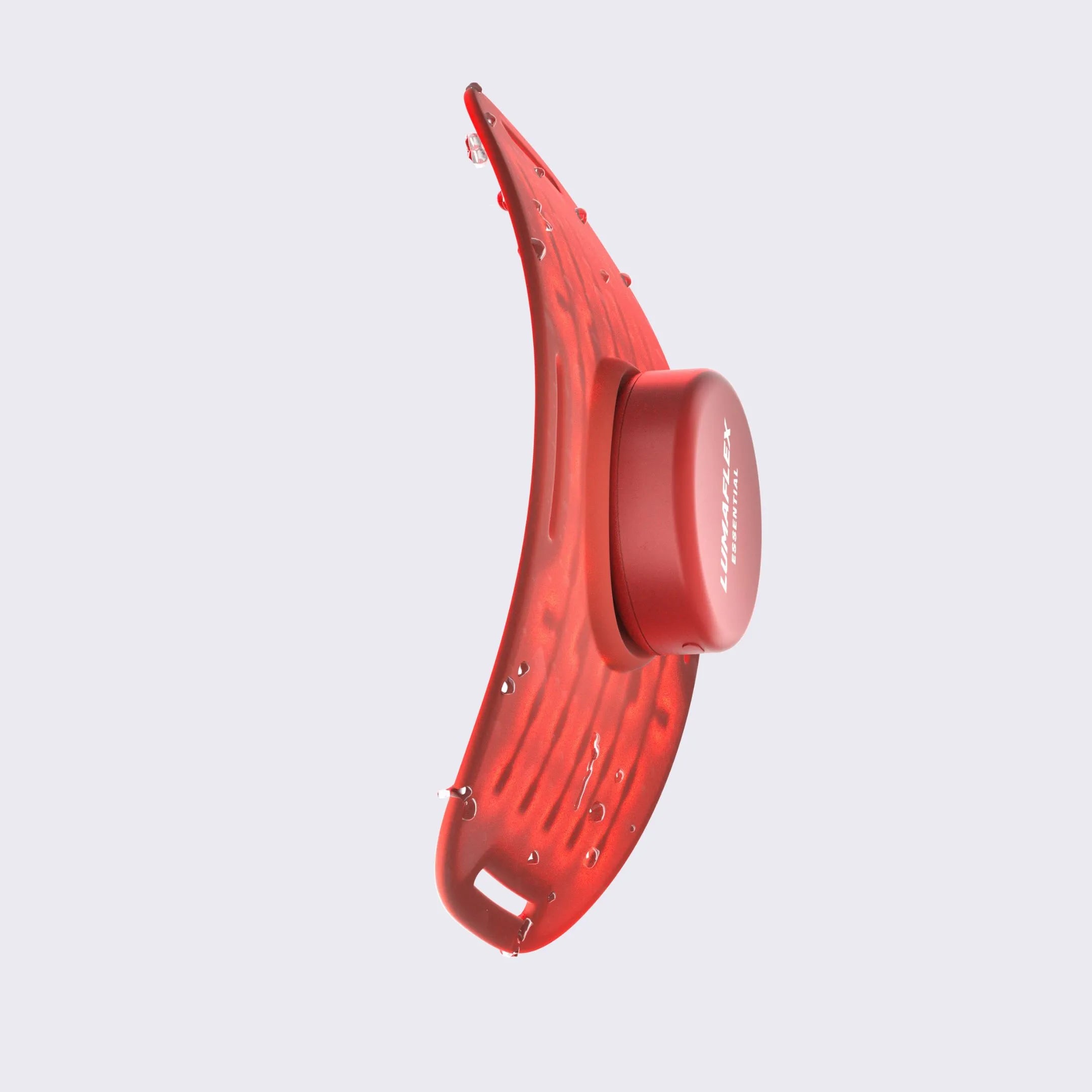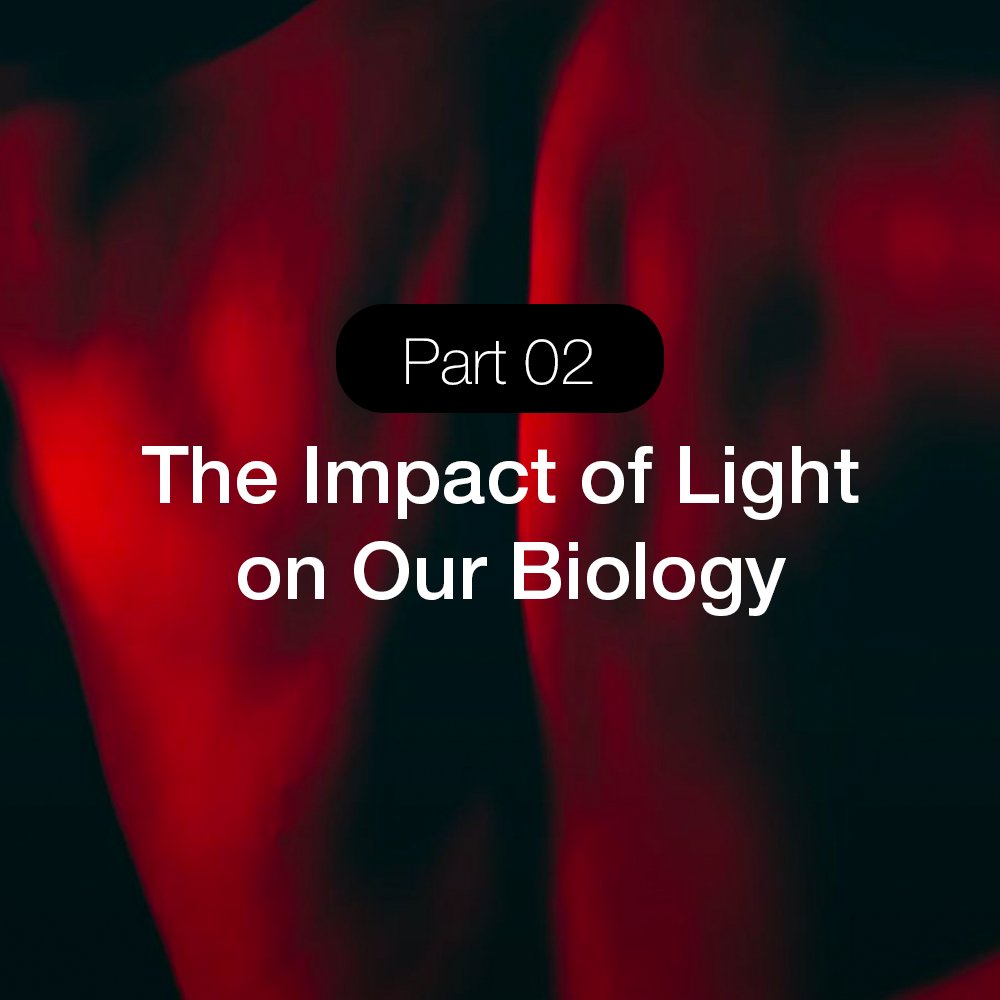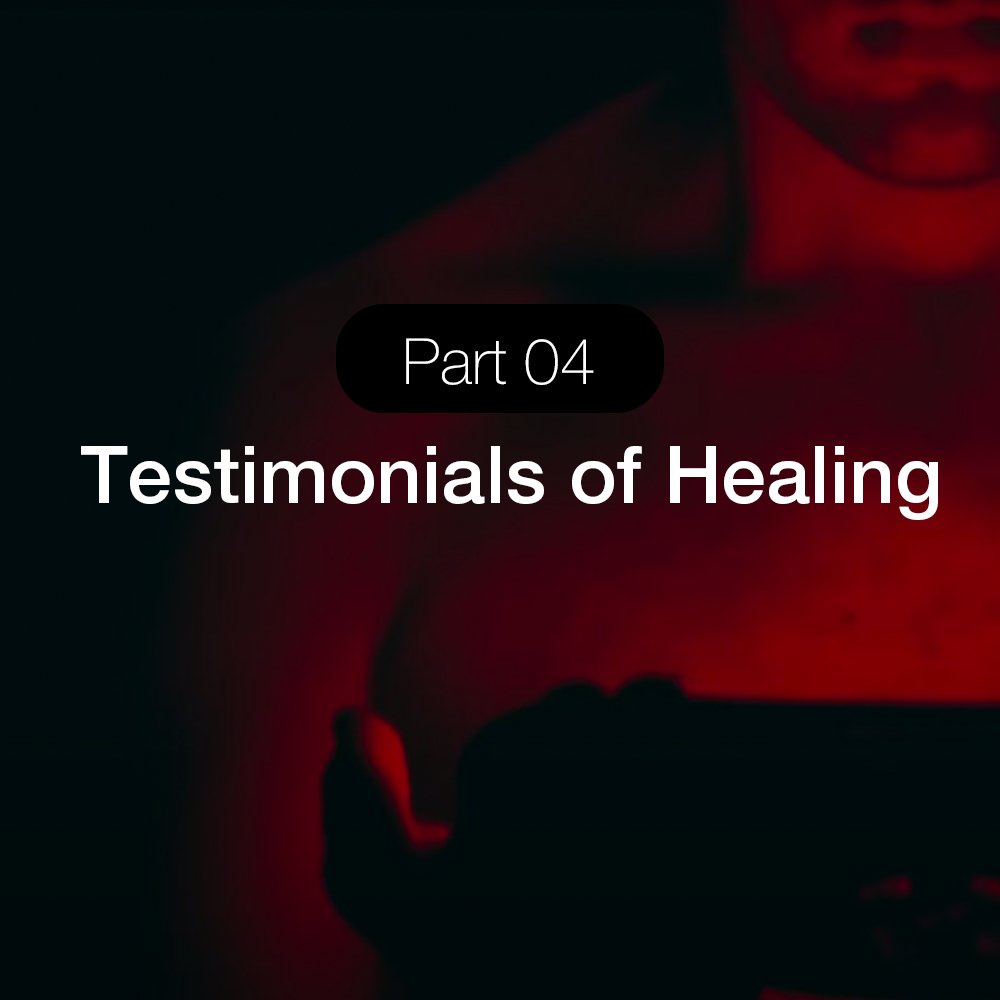How Light Therapy Can Alleviate Arthritis Pain
Alleviating Arthritis Pain with Light Therapy: A Review of Photobiomodulation Research
Arthritis, a chronic condition affecting millions of people worldwide, is characterized by joint pain, stiffness, and reduced mobility. Photobiomodulation, also known as light therapy, has emerged as a promising non-invasive and drug-free treatment for alleviating arthritis symptoms. This article will explore the science behind light therapy for arthritis and highlight five influential research papers that have shaped our understanding of its effectiveness.
How Light Therapy Supports Arthritis Management
Light therapy uses specific wavelengths of light, typically in the red and near-infrared spectrum, to stimulate cellular processes within the body. When the skin absorbs light at these wavelengths, it triggers a series of events at the cellular level, enhancing the body's natural healing processes. The key mechanisms involved in arthritis management through light therapy include:
Reduced inflammation: Light therapy can decrease the production of pro-inflammatory cytokines, which contribute to inflammation and pain associated with arthritis.
Enhanced blood circulation: Light therapy increases blood flow and circulation, providing tissues with more oxygen and nutrients while removing waste products. This improved circulation further supports the healing process and reduces inflammation.
Promoted cartilage repair: Light therapy stimulates the synthesis of cartilage matrix components, which are crucial for maintaining joint integrity and function.
Pain relief: Light therapy can modulate pain signals in the nervous system, leading to a reduction in perceived pain.
Five Significant Experiments and Trials on Light Therapy and Arthritis
- A randomized controlled trial investigated the effects of low-level laser therapy (LLLT), a form of light therapy, on Achilles tendinitis, a condition often seen in arthritis patients. The study found that LLLT significantly reduced pain and inflammation, suggesting potential benefits for individuals with arthritis.
- An in-vitro study investigated the effects of low-level light therapy on the production of inflammatory cytokines by rheumatoid arthritis synoviocytes. The results demonstrated that light therapy significantly reduced the production of pro-inflammatory cytokines, suggesting a potential mechanism for its effectiveness in treating arthritis.
- In an animal study, the authors examined the effects of low-intensity laser therapy on the progression of osteoarthritis in a rat model. The results showed that light therapy slowed down the progression of the disease, improved joint function, and reduced pain, further supporting the potential benefits of light therapy for arthritis management.
- A double-blind, randomized, placebo-controlled trial evaluated the effectiveness of low-level laser therapy in reducing pain and improving joint function in patients with knee osteoarthritis. The results indicated that light therapy significantly decreased pain and improved joint function, demonstrating the potential of this treatment for managing arthritis symptoms.
- A study investigated the efficacy of low-level laser therapy applied at acupuncture points in patients with knee osteoarthritis. The authors found that light therapy significantly improved pain, stiffness, and physical function in the treatment group compared to the placebo group. This research highlights the potential benefits of combining light therapy with other complementary therapies for arthritis management.
Conclusion
The research papers discussed in this article provide strong evidence for the effectiveness of light therapy in managing arthritis symptoms, including pain, inflammation, and impaired joint function. Through its ability to modulate inflammatory processes, promote cartilage repair, and relieve pain, light therapy offers a promising non-invasive, and drug-free treatment option for individuals with arthritis.
While the exact treatment parameters and protocols may vary depending on the specific type of arthritis and individual patient factors, the growing body of research supporting light therapy's efficacy in arthritis management is encouraging. Healthcare professionals and individuals with arthritis can consider integrating light therapy into their treatment plans to support symptom management and improve the overall quality of life.


